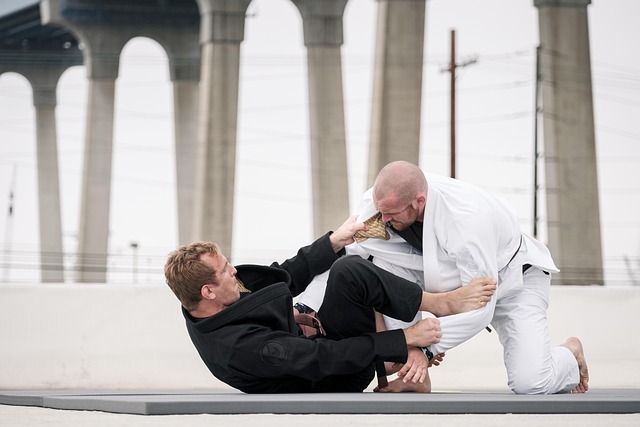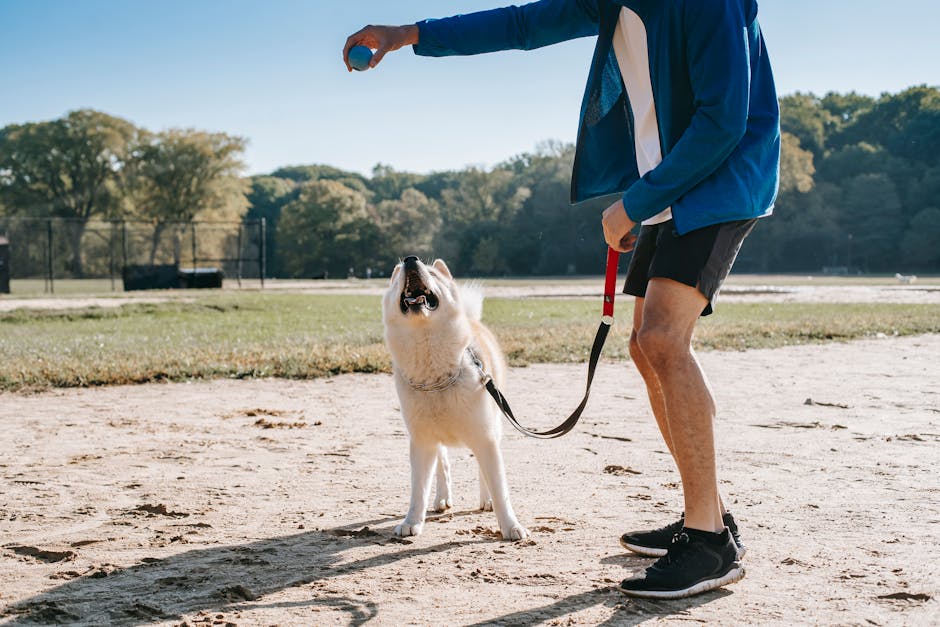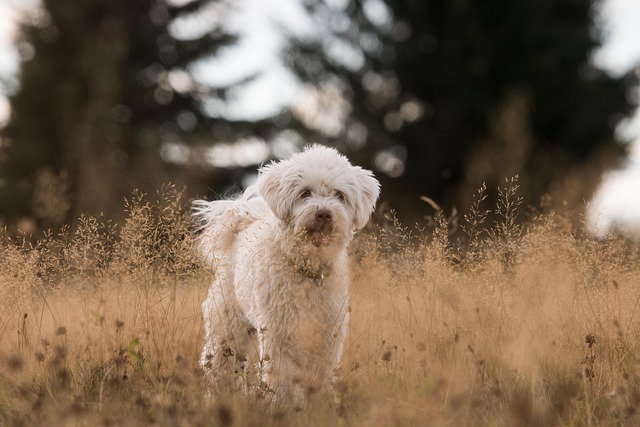Why House Training Matters
House training your puppy isn’t just about keeping carpets clean—it’s the cornerstone of a solid bond. When you take the time to teach your puppy where and when to go, you’re building trust. They learn to rely on you for structure, safety, and direction. You become their leader, not just their roommate.
Skipping or rushing this step can open the door to long-term behavioral problems. Inconsistent training leads to confusion, anxiety, and accidents that become habits. A dog that never learns proper bathroom routines often ends up punished for behavior they were never taught to understand.
But if you get this part right, everything else—from sit and stay to leash walking and recall—gets easier. House training sets the tempo. It shows your puppy the rules of the world, and gives you both a shared rhythm. It’s not glamorous, but it’s mission-critical.
Step 1: Establish a Consistent Routine
House training starts with structure. And structure starts with timing—especially around meals and potty breaks. Puppies thrive when their schedule is predictable. Feedings should happen at the same times each day. Why? Because what goes in on schedule tends to come out on schedule.
Take your puppy outside first thing in the morning, shortly after each meal, and before bedtime. These are the core windows when your pup is most likely to need a bathroom break. Stick to this rhythm, and you’ll notice fewer accidents fast.
Consistency isn’t just for your convenience—it’s how your dog learns. When bathroom breaks line up like clockwork, your puppy begins to connect the dots. This builds trust, lowers stress, and speeds up the learning curve.
Bottom line: Dogs don’t read clocks, but their bodies can follow one. Set it, follow it, and results will come.
Step 2: Select a Potty Spot and Stick to It
Pick one outdoor location and commit to it. It could be a corner of the yard, a patch by the sidewalk, or anywhere that’s easy for both you and your puppy to reach. What matters most is repetition—same place, every time. Consistency helps your pup learn faster and reduces confusion.
Every time you head to that spot, use the same phrase—something short and clear like “Go potty.” Say it in a calm, confident tone. You’re building a connection between the command, the action, and the environment. Puppies don’t speak English, but they do pick up on patterns.
Another tool that helps: scent. Let your dog sniff around their designated area. Puppies often want to go where they’ve gone before—it’s a territory marker. That scent trail becomes part of the learning. With repetition and routine, that one spot turns into your dog’s mental bathroom signpost.
Step 3: Use Crate Training Wisely
The crate isn’t a cage—it’s a den. Puppies are naturally drawn to small, enclosed spaces. When used correctly, a crate becomes a place of safety, rest, and routine. Never use it as a punishment. The goal is to make it feel like home, not a timeout corner.
Get the size right. A crate should be just big enough for your pup to stand up, turn around, and lie down. Too much space, and they might choose one corner to snooze in and another to pee. If you’re working with a larger breed puppy, look for crates with adjustable dividers so the space grows as they do.
Timing is everything. Young puppies can’t hold their bladders for long. On average, take their age in months and add one—that’s the number of hours they can wait between potty breaks during the day. So a 2-month-old pup? You’re looking at a pee break every 3 hours. Nighttime holds stretch a bit longer, but don’t push it. Set alarms, stay ahead of the accidents, and cut out water a couple of hours before bed.
Crate training takes consistency and patience—but when done right, it fast-tracks house training and builds trust.
Step 4: Positive Reinforcement Works Best
The moment your puppy does their business in the right place—outside, at the chosen potty spot—that’s your cue. Praise them immediately. Not ten seconds later. Not after you grab a treat from the kitchen. Right then and there. Timing matters because dogs don’t connect cause and effect the way humans do. A few seconds too late, and they won’t know what behavior earned the reward.
Positive reinforcement sticks when it’s consistent and instant. Keep treats in your pocket or near the door so you’re always ready. Use a cheerful tone—your pup won’t understand your words yet, but they’ll read your vibe. Over time, this cements the link between going in the right place and getting something good.
Avoid punishment altogether. Scolding, yelling, or forcing them to look at their mess doesn’t teach anything—it just makes them anxious or scared. That confusion slows learning. Focus on what to reward, and let that guide your training. Praise what you want to see more of. Simple, effective, and it works.
Step 5: Watch for Signals and Cues
Your puppy’s not going to speak up, but they will send a clear message. Sniffing around, pacing in circles, or suddenly wandering to a corner? That’s your cue—it’s potty time. Don’t wait. Grab the leash and head out. Every missed signal is a possible accident, and those build bad habits fast.
Inside the house, keep your puppy where you can see them. Free roam leads to surprise messes. If you’re busy or the house is big, tether them to you with a leash. That way, their movements stay on your radar.
When in doubt, take them out. It’s better to give them five extra trips a day than one accident you didn’t catch in time. Early on, it’s about building a clear connection between the feeling of “I need to go” and the reward of doing it outside. That repetition is how the habit locks in.
Step 6: Handle Accidents the Right Way
Accidents are part of the process. When they happen—and they will—cleanup isn’t just about appearances. If a spot still smells like urine, your puppy will likely return to it. Use an enzymatic cleaner, not just soap and water. The goal is to erase the scent, not mask it.
If you find the mess after the fact, skip the lecture. Dogs live in the moment and won’t connect your reaction to what they did 10 minutes ago. Scolding after the fact just adds fear and confusion.
More than anything, stay calm. Puppies pick up on your mood. House training takes time, consistency, and a cool head. Mistakes don’t mean failure—they mean your puppy is still learning. Stick to the routine, keep reinforcing the right behavior, and trust the process.
Pro Tips for Faster Success
Small habits build big results. Start with a training journal. It doesn’t need to look pretty—just log meals, potty breaks, walks, naps, and accidents. Over a few days, you’ll spot patterns: when your puppy typically needs to go, how long they can hold it, and what might trigger the occasional miss. This helps you fine-tune timing and stay ahead of mistakes.
Next: communication tools. Bells or door signals work if you stay consistent. Hang a bell by the door your puppy always uses. Every time you take them out, ring it first. Before long, your dog will ring it when they need to go. It cuts out the guesswork and gives them some agency—clear win for both of you.
Lastly, freedom inside the house isn’t all-or-nothing. You earn it in stages. Start small: one room at a time, closely supervised. As your pup proves they can stay clean, let them explore gradually. Rushing it usually leads to setbacks. Discipline now saves you mess later.
This trio—journaling, signals, and controlled freedom—isn’t flashy, but it works. Tighten the process, and your pup will catch on faster than you think.
When Progress Stalls: What to Do
Some puppies seem fully trained and then—bam—accidents start up again. Don’t freak out. Regression is normal. Just like kids, dogs go through developmental phases. They test boundaries, get distracted, or just have an off week. It doesn’t mean all your effort was wasted.
The first move? Revisit your routine. Go back to the basics: regular potty breaks, crate timing, positive reinforcement. Tighten things up for a few days and see what shifts. Usually, a firm reset works.
But if accidents become frequent or start happening in weird patterns—like your puppy suddenly peeing inside right after coming in from outside—it’s time to rule out health issues. Urinary tract infections and digestive problems can look like bad behavior but aren’t. When in doubt, call the vet.
Stay steady. This phase passes. Just stay in the game and keep doing the work.
Beyond the Basics
Once your dog is house-trained, the real training begins. This is the time to shift from basic potty habits to more advanced commands and controlled socialization. Sit, stay, come, and heel aren’t just party tricks—they’re tools that help keep your dog safe and your daily life manageable. The earlier these habits are built, the better they stick.
Consistency still does the heavy lifting. Regular structure helps your dog anticipate what’s expected, especially during leash training, recall, and staying focused in distracting environments. Daily walks double as training sessions. Playtime becomes a chance to reinforce impulse control. And supervised meetups with other dogs? Those teach boundaries without chaos.
Training should evolve with your pup. The goal isn’t perfection—it’s reliability. If you want to learn how to level up effectively, check out Advanced Training for Dogs: Techniques for Success.
Final Thoughts
Not every dog picks up house training on the same timeline. Some get it in days, others take weeks—and that’s okay. Expecting overnight success will only wear you out. What actually works? Patience. Consistency. Showing up every day with the same calm energy and clear guidance.
Stick to the basics: routine, positive reinforcement, and close supervision. If setbacks happen, don’t take them personally. Just reset and move forward. Your dog isn’t being stubborn—they’re still learning.
And remember, house training is just the starting point. It’s the first step toward raising a confident, respectful companion. Keep building on this foundation, and you’re not just managing accidents—you’re shaping a well-balanced pup for life.
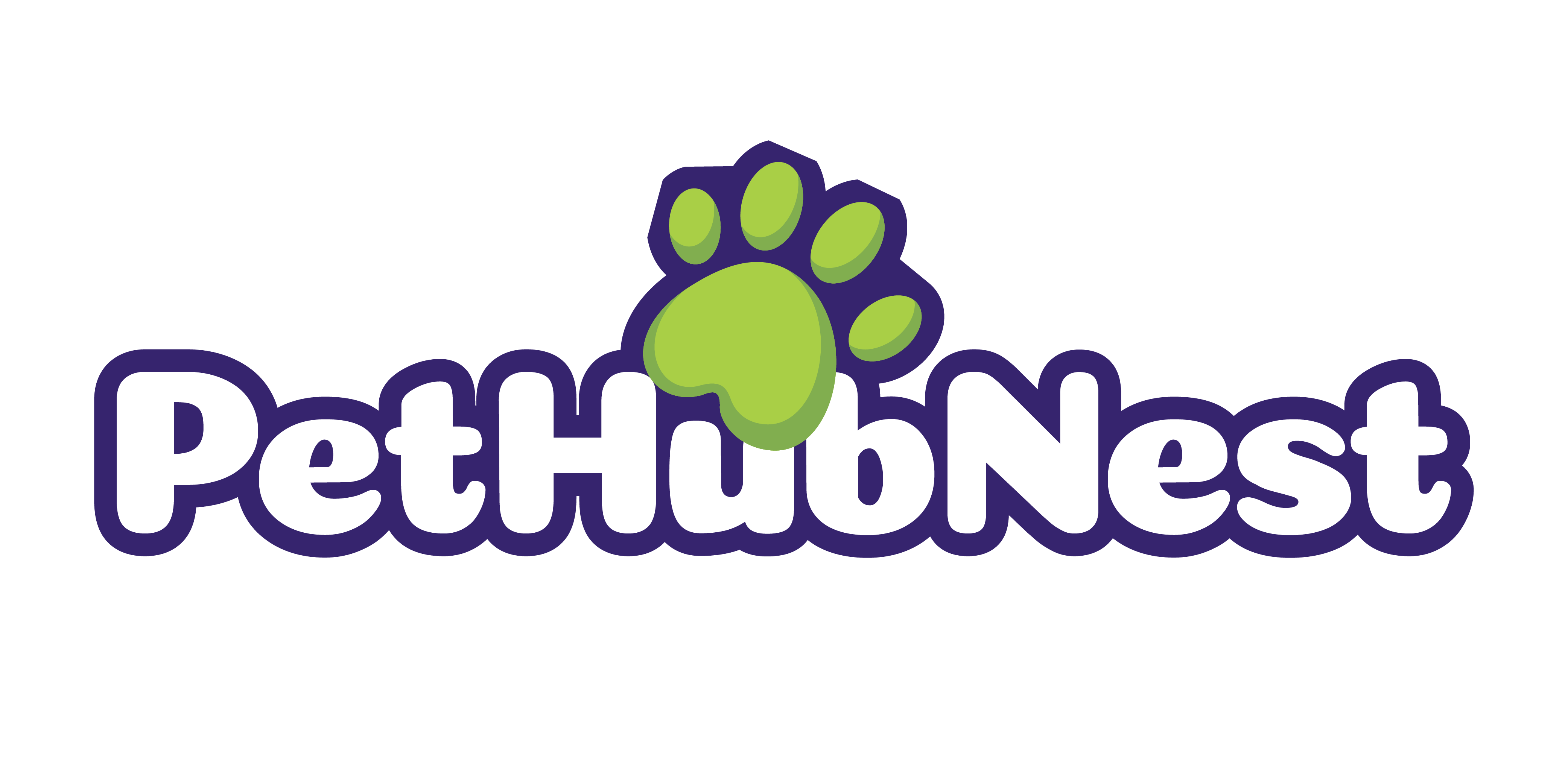
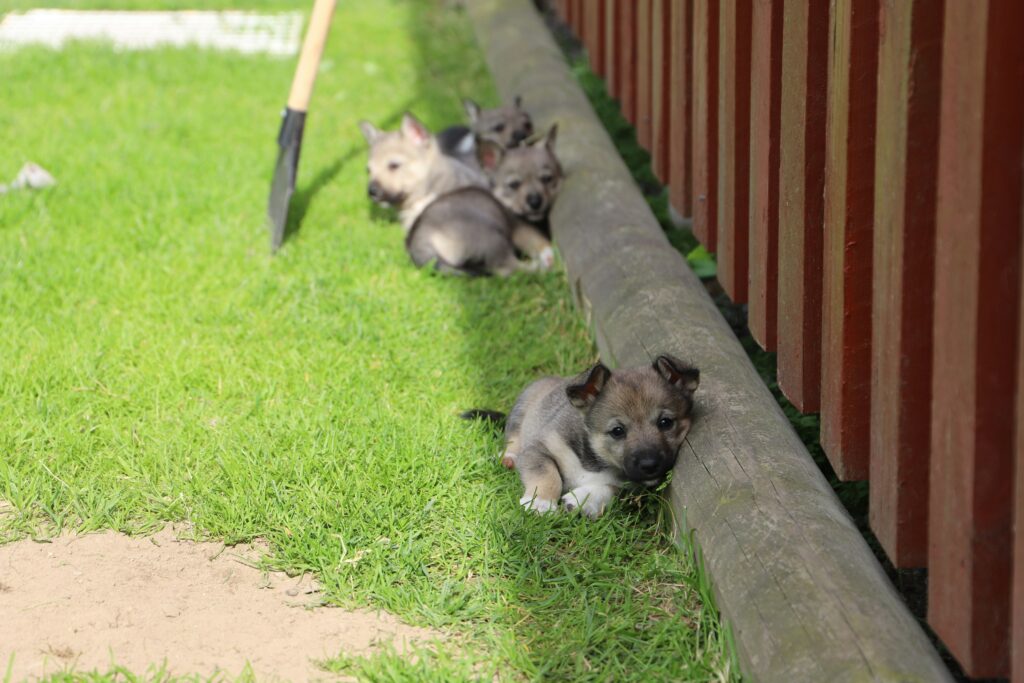
 Susana Richersonear writes for pethubnest focusing on digital tools, smart gadgets, and trends that make pet ownership easier. Her articles guide readers toward modern solutions for everyday pet needs.
Susana Richersonear writes for pethubnest focusing on digital tools, smart gadgets, and trends that make pet ownership easier. Her articles guide readers toward modern solutions for everyday pet needs.